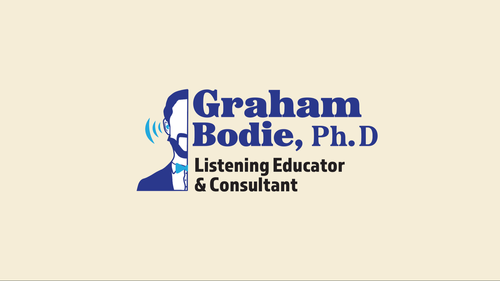Myth #1
Listening well is simple, just close your mouth and open your (non-judgmental) ears.
A popular way to describe what “good” listeners do is by invoking some version of the active listening paradigm. First coined by Rogers and Farson (1957), active listening refers to both an intentional focus on the meaning another individual is attempting to convey and the skilled enactment of behaviors that assure the speaker they were heard. This contemporary and prevailing understanding, however, is a far cry from how Rogers himself defined and used active listening.
Oftentimes, researching “how to be an active listener” leaves you with simple techniques like asking questions and paraphrasing (e.g. “Did I get that right?). While these techniques can be useful—the occasional mhm and yeah, right, for example—they are limited. A list like that suggests that we learned everything we needed to know about listening in Kindergarten.
The truth is, there are very few universally effective or ineffective listening behaviors. Instead, good listening behaviors depend on the context of the situation.
Indeed, one of the most harmful parts of the advice to be “bodily active” while listening is that this advice is based on another myth…
